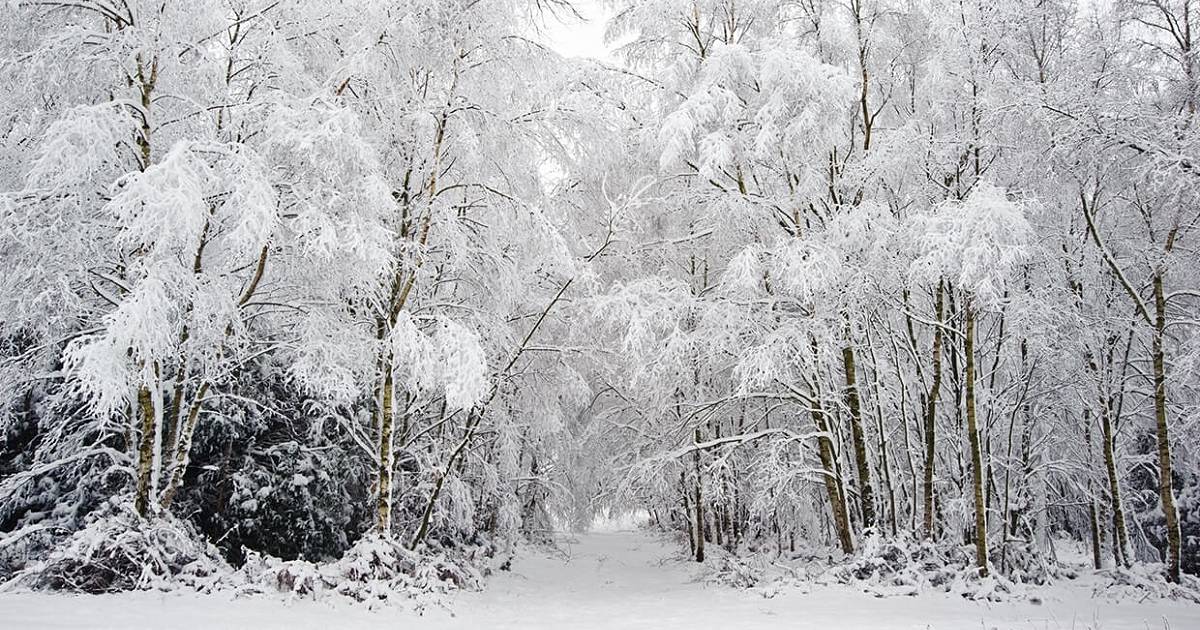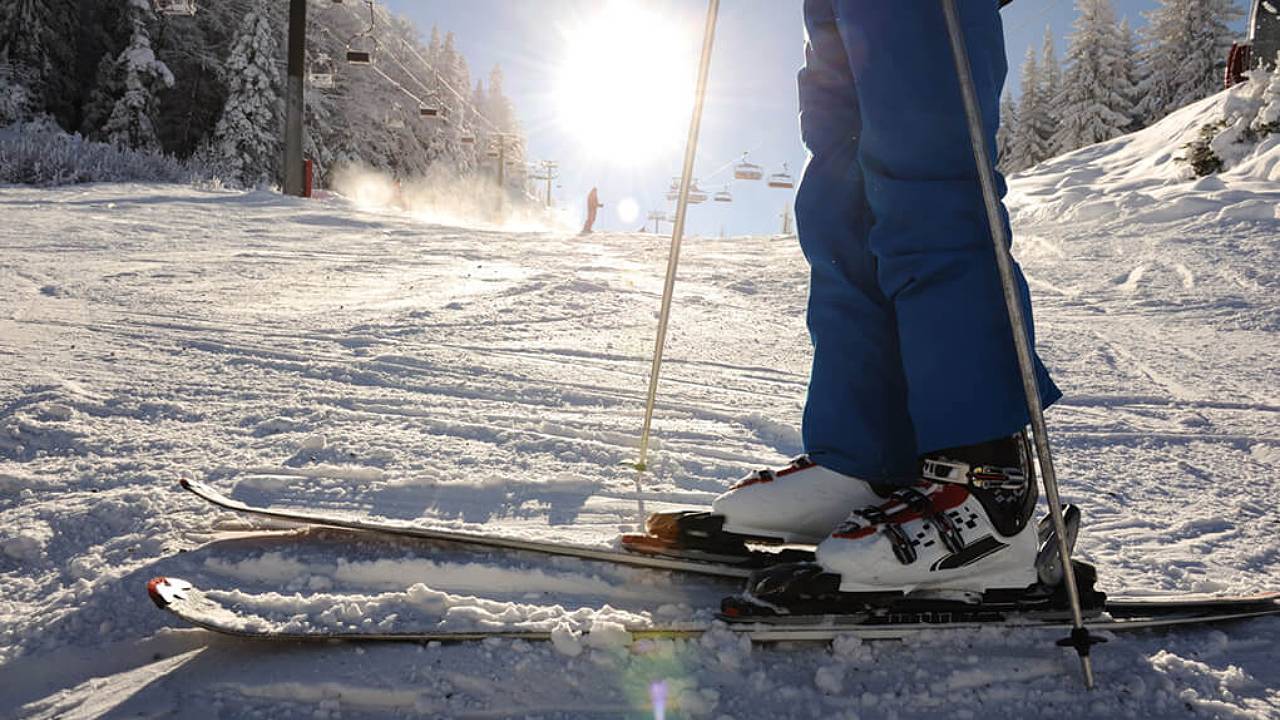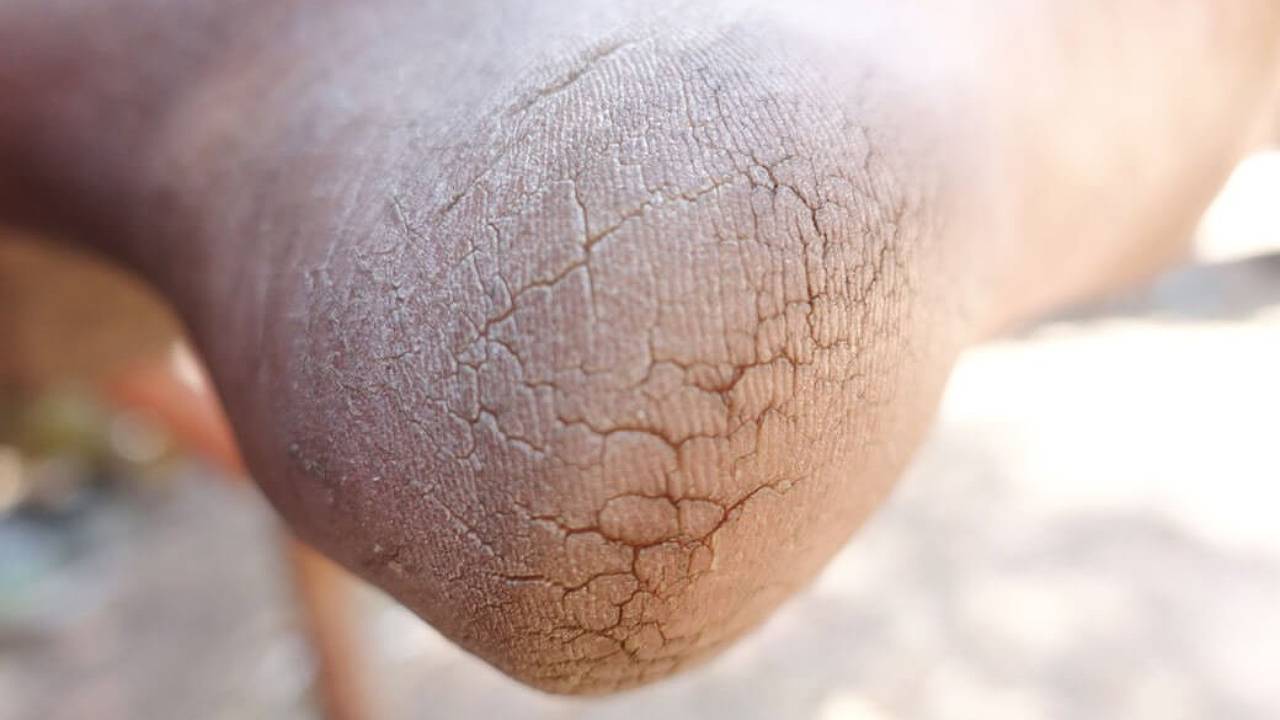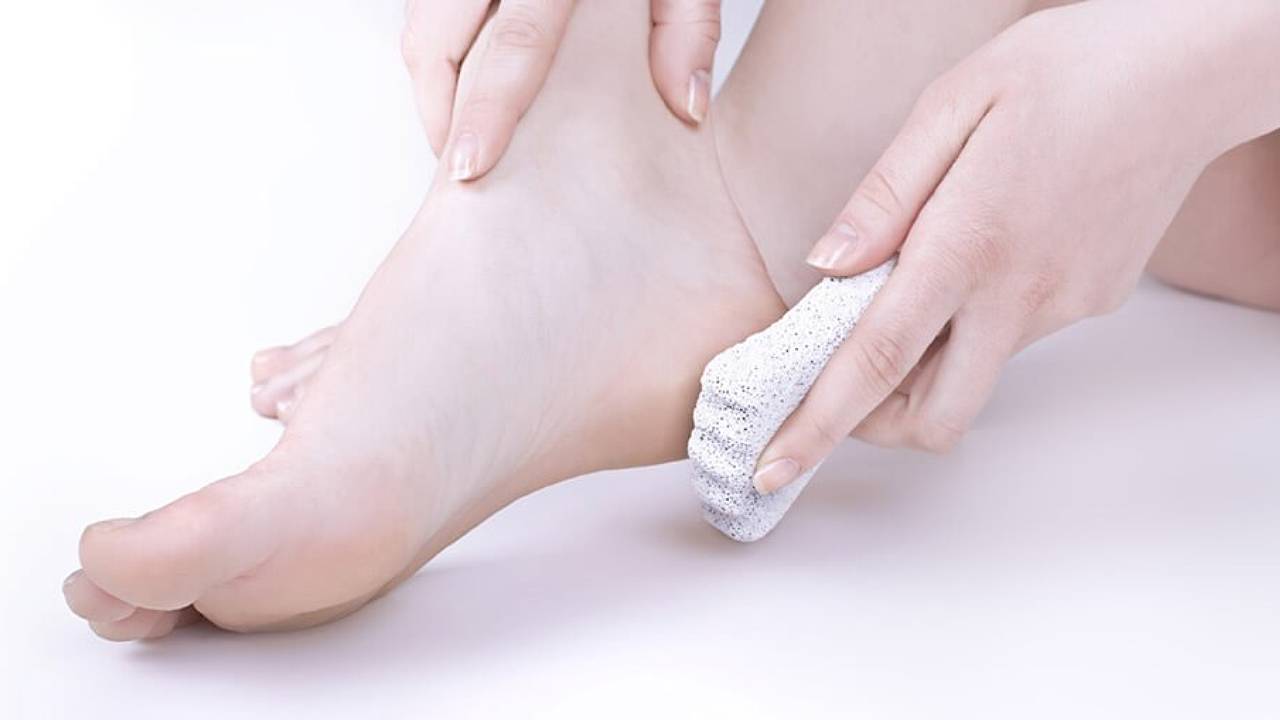
One might think that winter-related clinical conditions are unlikely to happen in sunny one-seasonal Singapore. However, we do still see such conditions in clinic, as many Singaporeans that travel during the year-end holidays end up bringing back unwanted gifts from an unforgiving winter.
Travelling during the pandemic brings about a new set of risk factors as well, so how can one stay safe during this period while still enjoying the seasonal festivities to the fullest?
Travelling and COVID-19
Although more countries are opening up their borders as increased numbers of people are getting vaccinated, COVID-19 is still not fully under control yet. To take precautions, only fully vaccinated individuals should consider travelling if absolutely necessary.
A decrease in social gatherings and a rise of mask-wearing due to restrictions means that the public was not as exposed to flu strains throughout the previous years. This means that our overall general resistance to the common cold has likely been reduced, leaving us much more vulnerable to a possible complication-causing flu/COVID-19 combination this year.1
Furthermore, flu viruses typically tend to survive and transmit better in cold and dry air, which can cause a significant spike in the number of COVID-19 cases and make it harder to fight respiratory infections.
Since individuals tend to spend more time in poorly-ventilated indoor areas away from the cold without a mask on, the risk of transmission is much higher. Vaccinated individuals should take care to wear their masks consistently and keep at least 6 feet away from others at all times while continuing to practice good hand hygiene when travelling.
Keeping your tropical-adapted feet safe in cold weather
People living in tropical climates are usually aware of the importance of keeping warm when visiting colder climates. However, they can sometimes forget or underestimate how extreme the weather can be, especially after having not travelled in a while.
Here are some of the most common conditions we see in clinic that arise because of exposure to the cold:
Skier’s toe
Although named as such, skier’s toe is not just limited to skiers and can happen to runners as well. Clinically known as a subungual hematoma, this condition appears as a darkened or black toenail. This dark spot is attributed to blood pooling beneath the nail and can be caused by acute trauma such as something heavy dropping on your toe, or repetitive trauma caused by the recurring bumping of your toes against the firm sides of a poor-fitting ski boot. Should you sustain such an injury, get professional help immediately. Toenails can remain injured for a long period or can be a sign of an unnoticed broken bone. A podiatrist will be able to solve such issues and also conduct a further biopsy to determine if the darkened nail is not a malignant melanoma, a dangerous form of cancer.

Cracked heels
The dry and cold winter air can cause your feet to dry out and develop cracks. While tempting, avoid taking hot baths for too long and moisturise your feet often to help reduce skin cracking and dryness. If these cracks deepen, they can allow bacteria and viruses into the body, causing illness and infections. Do not ignore cracks in your heels if they are causing significant pain, seek help immediately.

Chilblains/COVID toes
Chilblains usually arise when the body adapts to rapid changes in temperature. Blood vessels constrict due to the winter cold and are unable to expand fast enough when exposed to warm air. Avoid soaking your hands or feet/exposing them to a heating element to warm them up. This causes blood to leak into the surrounding tissues and causes red swollen spots to develop. Symptoms of chilblains can include:
- Itchy and irritated spots
- Cracks in the skin
- Infection
Due to their individual conditions, Individuals with bunions or calluses are also more likely to develop chilblains.
Although a less commonly known symptom of COVID-19, a rash known as “COVID toes” or pseudo chilblain is similar in appearance and can appear on the fingers and toes. These skin changes can last for weeks and will usually resolve with the illness, but such individuals may still be infectious over this period. Unlike chilblains that appear due to rapid temperature changes, COVID-19 related lesions appear at any time of the year. If the appearance of these lesions comes with respiratory symptoms or a fever, test yourself and self-isolate as soon as possible.
Morton’s Neuroma
Although Morton’s neuroma is usually unable to be identified visually, symptoms can include:
- A sensation of having a pebble in your shoe
- Intense radiating pain in the ball of your foot
- Numbness
- Tingling
This condition is caused by damage to a nerve in your foot, possibly from overly tight footwear used in sports like skiing. If your pain does not improve despite a change of footwear or there is an uptick in painful symptoms, consult a foot specialist as soon as possible. Unaddressed Morton’s neuroma can lead to permanent nerve damage.
Cold weather dries out your skin and nails, making them more susceptible to damage or reduced circulation, which can lead to nerve pain. If you notice any lesions or abnormalities on your skin, have them checked out by a professional as soon as possible and avoid applying over-the-counter medication and patches unless you have been specifically instructed to do so. Many of these over-the-counter applications are heavily loaded with corrosive compounds such as salicylic acid that may burn your skin indiscriminately, possibly worsening the condition or causing damage to your skin.
How can I prevent injuries during winter?

Here are some quick tips for preventing injuries after a long day of travelling in the winter weather:
- Use shoes with a variety of heel heights. If you are going to be on your feet often, switch between heels of different heights to avoid placing repetitive stress on specific joints and muscles.
- If you find your feet swelling at the end of the day, elevating them can help reduce swelling and discomfort.
- Stretch at the end of each day to help relieve tight muscles.
- Freezing a bottle of water in the freezer and rolling it under your feet can help massage tired feet and reduce soreness.
- Wash your feet daily and make sure to dry thoroughly, especially between the toes.
- Examine your feet often for any signs of corns, calluses, or infections.
- Moisturise frequently to keep your skin soft and supple and reduce the possibility of corns or calluses from developing.
- If you find patches of rough skin developing on your feet, try using a pumice stone and exfoliate gently to keep your skin soft and smooth.
How to survive the holidays back home with COVID-19

Pre-COVID, December was one of the busiest months on the social calendar. From holiday gatherings among friends and family to company-wide celebrations, many of us had multiple events lined up this month.
Post-COVID however, things are a little different. The advent of new variants such as Delta and Omicron have only further complicated things. Keep yourself and those around you safe by minimising social interactions or keeping to smaller groups at social events. Fully vaccinated individuals should continue to take care to carry out routine testing and maintain the habit of keeping up preventative measures such as mask wearing or washing, especially around older relatives.
Where able, online alternatives like Zoom, Google Hangout, and Skype can be a good way of keeping in touch with extended family and including them in the celebrations. By practicing responsible social procedures, we can all enjoy the festive season together.
*This post was originally published in December 2018 and was updated in December 2021.




